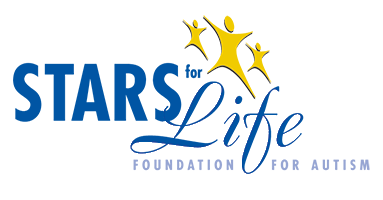
Since ASD is primarily known as a disorder diagnosed in childhood the vast majority of evaluation methods are designed for children. This makes it that much harder to diagnose adults. Because of these limitations the most common way that an adult gets evaluated for ASD is through observation. A healthcare professional will conduct a discussion with the patient about challenges in areas of communication and social interactions while observing the patient’s behavior. According to an article posted by ADDitude called Professional Guidelines for Diagnosing Autism Spectrum Disorder, some of the tactics that are used in the evaluation process are:
- Asking the patient to explain how other people would describe them, such as friends or family. This is to see if he/she has a sense of how they may impact’s others and how they are viewed.
- Asking the patient how someone close to them would describe them versus someone who is not close to them. This is to see if the patient has an understanding of how different people experience them differently.
- Practicing role-play with the patient to see how they do with conversation.
- Show the patient pictures of emotional faces and see if they can name the emotion being displayed. This helps to see if the patient understands emotions and if they can recognize them.
- Describing social scenarios to see if the patient has an understanding of what’s appropriate and inappropriate in certain situations. Along with if the patient understands when they are being rude or polite.
Some individuals may feel it is not necessary to get a proper diagnosis and are content with a self-diagnosis. However, receiving an ASD diagnosis for those that seek one can be very beneficial for many reasons. Some of these reasons include:
- Understanding Yourself – Many people may struggle with not understanding certain difficulties that they face daily, or have received a misdiagnosis with some confusion. With a proper diagnosis of ASD individuals may feel relief finally knowing why they experience their symptoms. They will be able to learn about their disorder and access necessary supports.
- Gaining the Understanding of Others – Those diagnosed as adults may have felt misunderstood their whole lives. Unfortunately, people can easily be teased or bullied for being a little “different” than others. Even your friends and family may make you feel misunderstood. A diagnosis can help people to better understand your social and communicative difficulties and will make it easier for them to empathize with you.
- Receiving Proper Services – There are support programs and services available for adults with ASD to help them navigate through day-to-day life. With a proper diagnosis, individuals will be able to access ASD-specific care and services.
- Joining the ASD Community – There can be a sense of relief to meet with people who share the same experiences and struggles. Being able to compare and share stories and becoming part of a community that fully understands can be very beneficial and supportive for individuals with ASD.
Seven tips for those who have received an autism diagnosis as an adult:
1) Seek help. Seeking the help of a counselor is a good idea so that you have someone to talk to about your feelings and concerns. An adult support group may be beneficial so that you have other people to talk to who are going through the same thing or are further along in their journey.
2) Get family counseling. Parents can feel guilty about a late diagnosis and blame themselves for not recognizing the signs of ASD earlier. Feeling overwhelmed about the future after being diagnosed is also common. Siblings may also need support with the new diagnosis and how they can best help.
3) Reach out to the family doctor. Individuals may also want to make an appointment with their family doctor to keep them informed. Short term medication may be needed if you are experiencing depression or high levels of anxiety.
4) Research adult services in your area. Research and make a list of what services you might need: work support, post-secondary support, independent living skills training, and social skills training. Connect with local disability organizations.
5) Look into province-wide services. Go to the provincial government’s website and read about Persons with Disabilities. There are tax breaks, benefits that can be applied for, and housing support. Learn about your legal and financial rights and what supports you may need for future planning based on UNCRPD.
6) Educate yourself. There are some great resources about adults on the spectrum. There are more authors writing about topics that affect adults. Talk to other individuals, families, and support people who are further along on the adult journey and ask questions. Those who are navigating the same journey are often a wealth of information and most are eager to share valuable information.
7) Keep calm and know that this is a process. It will take time to get support in place and there will be challenges along the way. Some supports and resources will work and others may not be as helpful.
